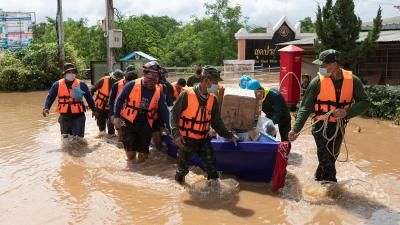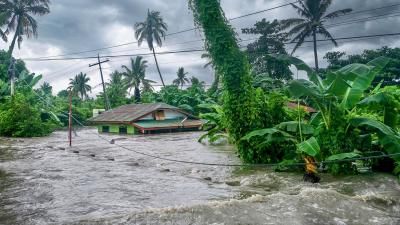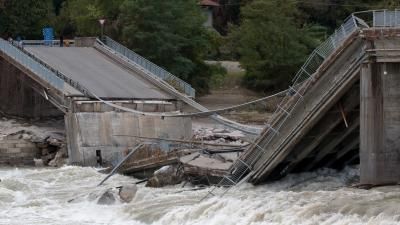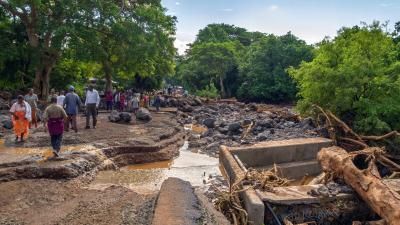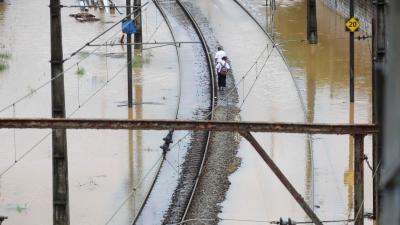
Latin American governments among the least trusted to deal with a disaster
Our new 'Focus On: Critical infrastructure resilience and perceptions of disaster preparedness' report – reveals most people in the Latin American and Caribbean region do not have confidence in their local or national government to deal with a disaster.
